Marine Life & Conservation Blogs
Sharks: A Lost Message
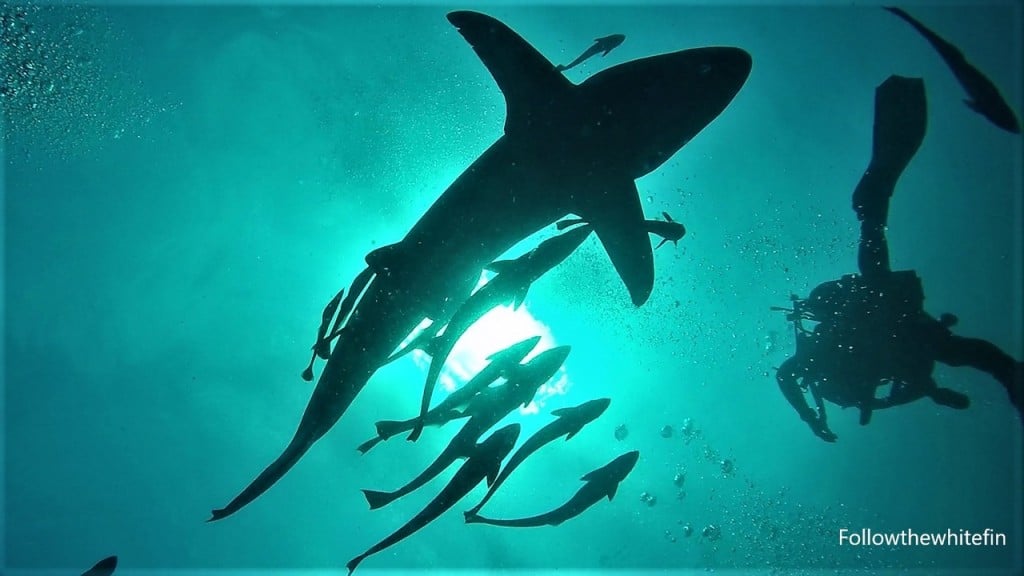
There are many motivating articles, scientific papers and blogs that prove how amazing and valuable sharks are. So why is this message still not getting across? And why are sharks still not valued and seen as a vital component to sustain our current environment by the general public?
The big question – Why is there is no urgency to save sharks?
I believe it comes down to what affects us personally. If sharks go extinct, why does this matter to non-divers and to ‘Bob’ who lives in Coventry and rarely visits the oceans? Well, apart from the depletion of sharks resulting in the loss of commercially important fish species (yes that includes that lovely fish and chips you had last night), numerous scientific findings have also shown that the loss of sharks would impact the survival of mankind! Dramatic sentence, yes, but to the point and true.
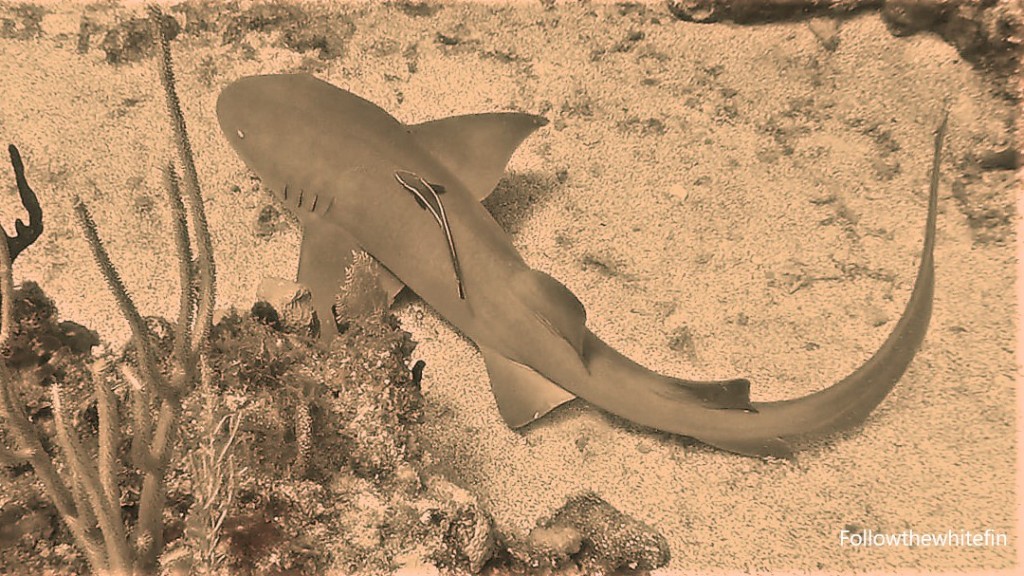
Lets look at the facts:
Sharks, as apex predators, play a very important role in our oceans. By keeping the species below them in the food chain in check and maintaining competition, sharks ensure that species diversity thrives. Sharks take the lead keeping our largest and most important ecosystem (the ocean) healthy. This ecosystem controls the planet’s temperature and weather, provides a third of our world with food, removes half of the atmosphere’s anthropogenic carbon dioxide, and produces more oxygen than all the rainforests combined. Pretty important! But why aren’t we being told this?*
I have been very lucky to work closely with shark experts Fernando Reis and Manuela Domingues from Shark Educational Institute (SEI) this week at Freestyle divers, UAE, to create a tailored shark workshop specific to the local species of Blacktip Reef Sharks. This workshop involves educating divers about sustainable diving practices around these amazing creatures, identifying behavioural habits and using different techniques to record valuable information for future Citizen-Science. But I believe the most important part of the workshop is to get this message across: why sharks matter.
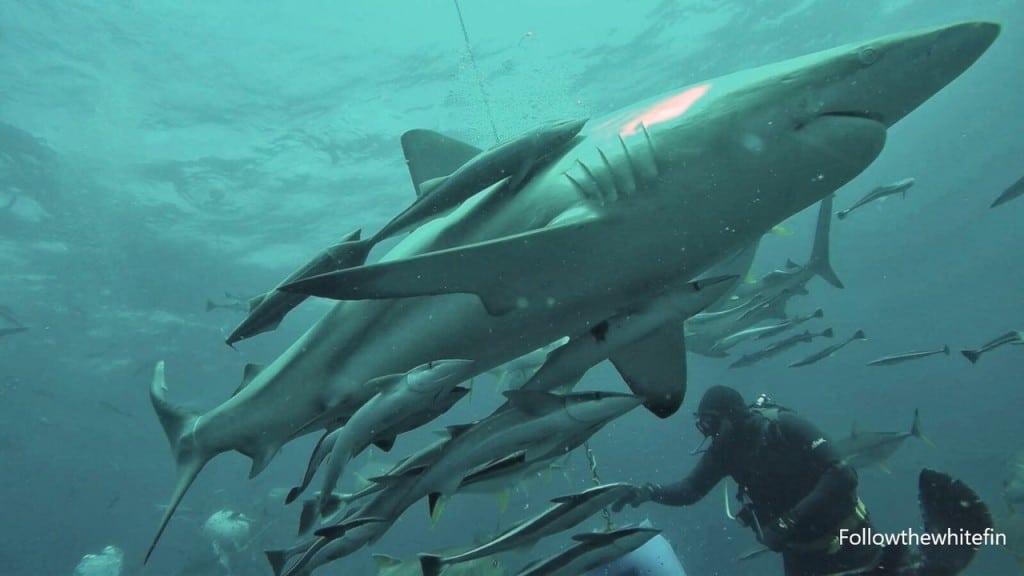
During the preparation for the workshop, most discussions focused on our diving experiences around the world with different species of shark (there are over 500 species by the way 😊), but taking a pause from these stories, we sat down to discuss why most of the world does not respect, admire or understand the importance of sharks as we as divers do. And to answer my question: why is there is no urgency to save sharks?
From his experience Fernando explained that there was a lack of communication in different areas. Firstly, between research sciences and the Environmentalist community, but also the communication to the rest of the world. The technical language sometimes used by scientists can isolate the public, which in turn leads to them closing off to the subject… thus the message is lost. To get people to care and listen, a certain amount of marketing skills are needed, which unfortunately, most scientists do not possess.
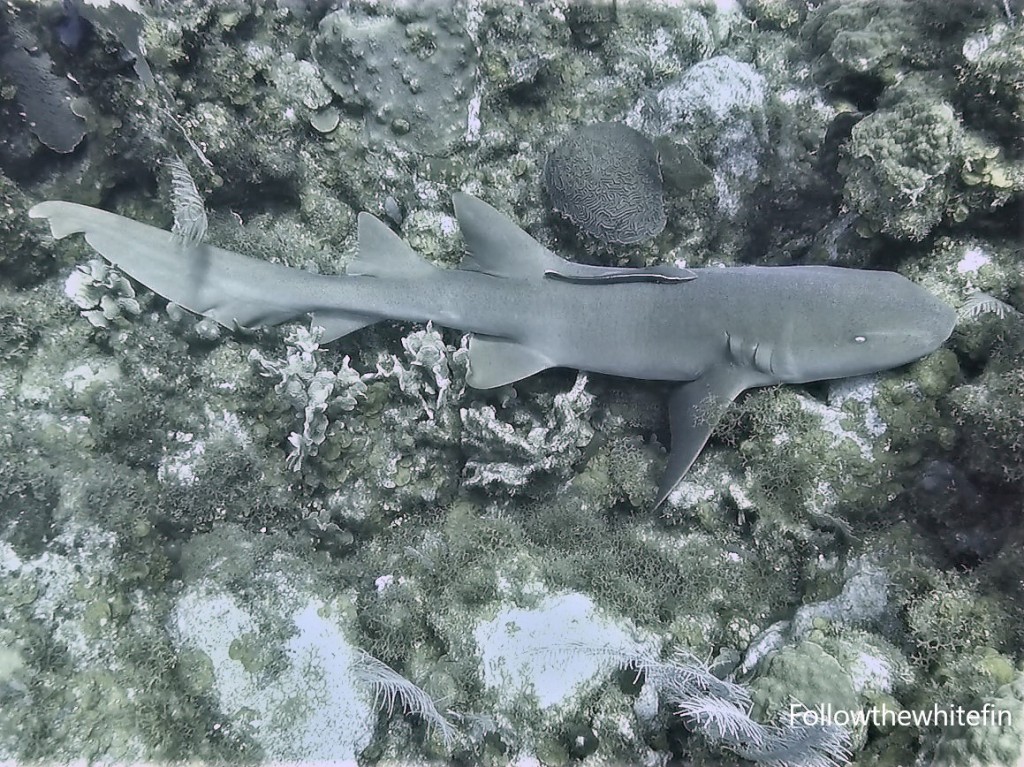
We also touched on the subject of trends, even within our line of work. 20 years ago, the job title ‘Ecologist’ was held at high esteem; now it’s ‘Conservationist’. I would class myself as a ‘Conservationist’ so this is not an attack on Conservationists, Ecologists or Environmentalists; they do a fantastic job and work exceptionally hard to protect and preserve. The issue is the title itself: ‘Conservationist’. We are at a point where conservation is too late – we are now in the period of recovery.
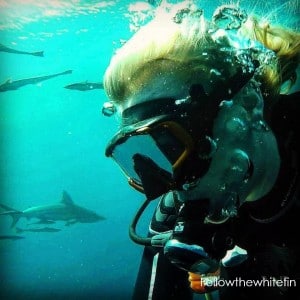 So much doom and gloom, but is there a solution? Whilst the current future for sharks is bleak (and evidently ours too), I believe there is also hope. Organisations like Shark Educational Institute (SEI) are using the tactic of education in the form of workshops to share vital information about the importance of sharks. These workshops are tailored and created to link in with their specific audience’s needs and in each specific environment. For example, educating fishermen as to why they should help look after sharks. First you need to listen to them and hear their problems instead of enforcing rules – think like them and then we can help them come up with a solution. They must want to care, not be forced. Also working in schools to educate the next generation has proven to have a huge impact in family dynamic and how they change their consumption choices to be more sustainable.
So much doom and gloom, but is there a solution? Whilst the current future for sharks is bleak (and evidently ours too), I believe there is also hope. Organisations like Shark Educational Institute (SEI) are using the tactic of education in the form of workshops to share vital information about the importance of sharks. These workshops are tailored and created to link in with their specific audience’s needs and in each specific environment. For example, educating fishermen as to why they should help look after sharks. First you need to listen to them and hear their problems instead of enforcing rules – think like them and then we can help them come up with a solution. They must want to care, not be forced. Also working in schools to educate the next generation has proven to have a huge impact in family dynamic and how they change their consumption choices to be more sustainable.
Governments and media also have an important role to play in the recovery of shark populations, but that is a whole other blog!
Overall people must want to care, and unfortunately to care it must affect them. Us shark lovers know and understand how vital sharks are, but this message needs to go further!
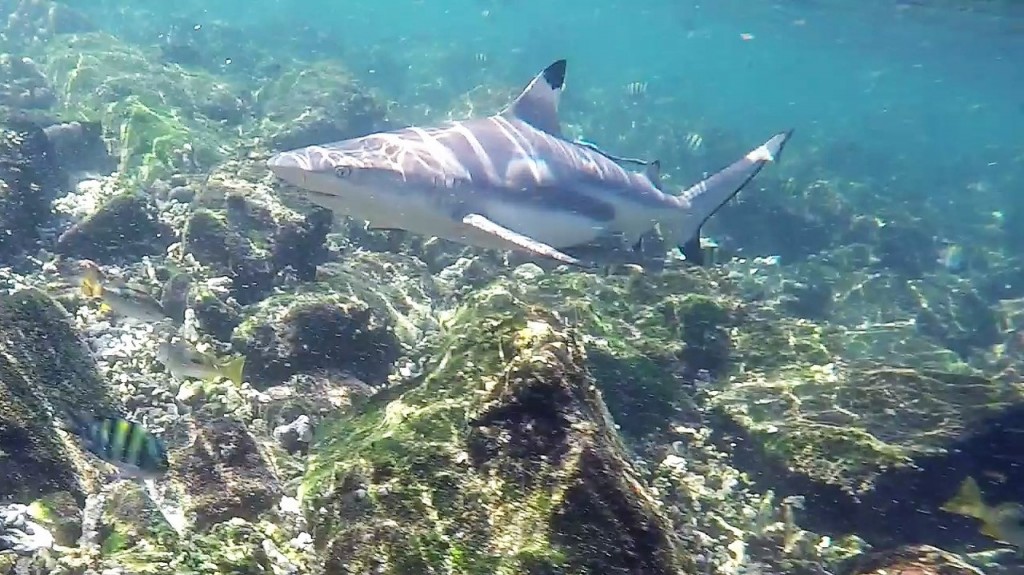
‘In the end we only conserve what we love,
we only love what we understand,
we will understand only what we are taught.’
– Mr. Baba Dioum
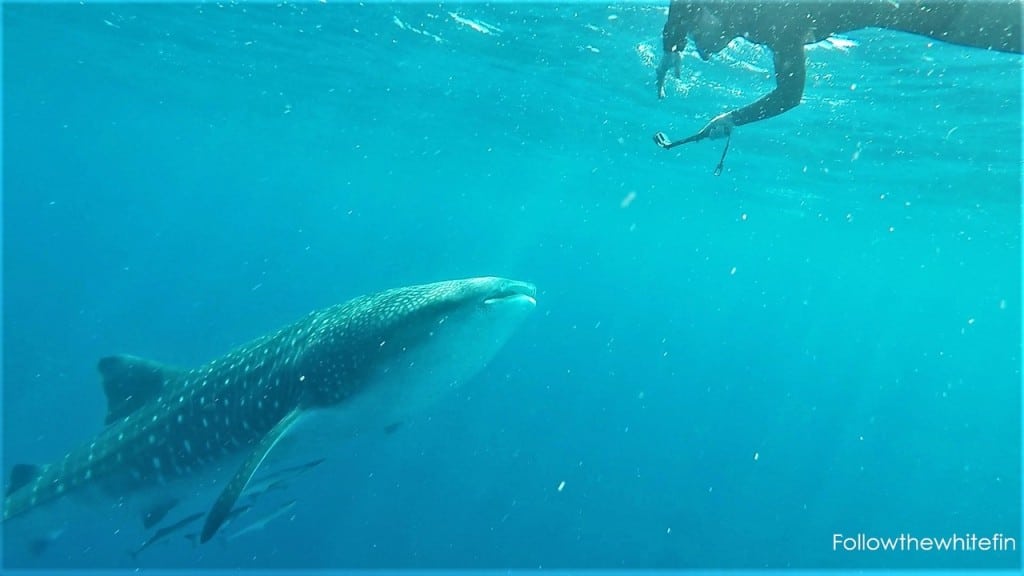
*References taken from:
www.seashepherd.org.au/apex-harmony/overview/shark-importance.html
http://eu.oceana.org/en/importance-sharks
Find out more about Kayleigh at www.followthewhitefin.com.
Marine Life & Conservation Blogs
Creature Feature: Dusky Shark

 In this series, the Shark Trust will be sharing amazing facts about different species of sharks and what you can do to help protect them.
In this series, the Shark Trust will be sharing amazing facts about different species of sharks and what you can do to help protect them.
This month we’re taking a look at the Dusky Shark, a highly migratory species with a particularly slow growth rate and late age at maturity.
Dusky sharks are one of the largest species within the Carcharhinus genus, generally measuring 3 metres total length but able to reach up to 4.2 metres. They are grey to grey-brown on their dorsal side and their fins usually have dusky margins, with the darkest tips on the caudal fin.
Dusky Sharks can often be confused with other species of the Carcharhinus genus, particularly the Galapagos Shark (Carcharhinus galapagensis). They have very similar external morphology, so it can be easier to ID to species level by taking location into account as the two species occupy very different ecological niches – Galapagos Sharks prefer offshore seamounts and islets, whilst duskies prefer continental margins.
Hybridisation:
A 2019 study found that Dusky Sharks are hybridising with Galapagos Sharks on the Eastern Tropical Pacific (Pazmiño et al., 2019). Hybridisation is when an animal breeds with an individual of another species to produce offspring (a hybrid). Hybrids are often infertile, but this study found that the hybrids were able to produce second generation hybrids!
Long distance swimmers:
Dusky sharks are highly mobile species, undertaking long migrations to stay in warm waters throughout the winter. In the Northern Hemisphere, they head towards the poles in the summer and return southwards towards the equator in winter. The longest distance recorded was 2000 nautical miles!
Very slow to mature and reproduce:
The Dusky Shark are both targeted and caught as bycatch globally. We already know that elasmobranchs are inherently slow reproducers which means that they are heavily impacted by overfishing; it takes them so long to recover that they cannot keep up with the rate at which they are being fished. Dusky Sharks are particularly slow to reproduce – females are only ready to start breeding at roughly 20 years old, their gestation periods can last up to 22 months, and they only give birth every two to three years. This makes duskies one of the most vulnerable of all shark species.
The Dusky Shark is now listed on Appendix II of the Convention on the Conservation of Migratory Species (CMS), but further action is required to protect this important species.
Scientific Name: Carcharhinus obscurus
Family: Carcharhinidae
Maximum Size: 420cm (Total Length)
Diet: Bony fishes, cephalopods, can also eat crustaceans, and small sharks, skates and rays
Distribution: Patchy distribution in tropical and warm temperate seas; Atlantic, Indo-Pacific and Mediterranean.
Habitat: Ranges from inshore waters out to the edge of the continental shelf.
Conservation status: Endangered.
For more great shark information and conservation visit the Shark Trust Website
Images: Andy Murch
Diana A. Pazmiño, Lynne van Herderden, Colin A. Simpfendorfer, Claudia Junge, Stephen C. Donnellan, E. Mauricio Hoyos-Padilla, Clinton A.J. Duffy, Charlie Huveneers, Bronwyn M. Gillanders, Paul A. Butcher, Gregory E. Maes. (2019). Introgressive hybridisation between two widespread sharks in the east Pacific region, Molecular Phylogenetics and Evolution 136(119-127), https://doi.org/10.1016/j.ympev.2019.04.013.
Marine Life & Conservation Blogs
Creature Feature: Undulate Ray

 In this series, the Shark Trust will be sharing amazing facts about different species of sharks and what you can do to help protect them.
In this series, the Shark Trust will be sharing amazing facts about different species of sharks and what you can do to help protect them.
This month we’re looking at the Undulate Ray. Easily identified by its beautiful, ornate pattern, the Undulate Ray gets its name from the undulating patterns of lines and spots on its dorsal side.
This skate is usually found on sandy or muddy sea floors, down to about 200 m deep, although it is more commonly found shallower. They can grow up to 90 cm total length. Depending on the size of the individual, their diet can range from shrimps to crabs.
Although sometimes called the Undulate Ray, this is actually a species of skate, meaning that, as all true skates do, they lay eggs. The eggs are contained in keratin eggcases – the same material that our hair and nails are made up of! These eggcases are also commonly called mermaid’s purses and can be found washed up on beaches all around the UK. If you find one, be sure to take a picture and upload your find to the Great Eggcase Hunt – the Shark Trust’s flagship citizen science project.
It is worth noting that on the south coasts, these eggcases can be confused with those of the Spotted Ray, especially as they look very similar and the ranges overlap, so we sometimes informally refer to them as ‘Spundulates’.
Scientific Name: Raja undulata
Family: Rajidae
Maximum Size: 90cm (total length)
Diet: shrimps and crabs
Distribution: found around the eastern Atlantic and in the Mediterranean Sea.
Habitat: shelf waters down to 200m deep.
Conservation Status : As a commercially exploited species, the Undulate Ray is a recovering species in some areas. The good thing is that they have some of the most comprehensive management measures of almost any elasmobranch species, with both minimum and maximum landing sizes as well as a closed season. Additionally, targeting is entirely prohibited in some areas. They are also often caught as bycatch in various fisheries – in some areas they can be landed whilst in others they must be discarded.
IUCN Red List Status: Endangered
For more great shark information and conservation visit the Shark Trust Website
Image Credits: Banner – Sheila Openshaw; Illustration – Marc Dando
-

 News3 months ago
News3 months agoHone your underwater photography skills with Alphamarine Photography at Red Sea Diving Safari in March
-

 News3 months ago
News3 months agoCapturing Critters in Lembeh Underwater Photography Workshop 2024: Event Roundup
-

 Marine Life & Conservation Blogs3 months ago
Marine Life & Conservation Blogs3 months agoCreature Feature: Swell Sharks
-

 Blogs2 months ago
Blogs2 months agoMurex Resorts: Passport to Paradise!
-

 Blogs2 months ago
Blogs2 months agoDiver Discovering Whale Skeletons Beneath Ice Judged World’s Best Underwater Photograph
-

 Gear Reviews2 weeks ago
Gear Reviews2 weeks agoGEAR REVIEW – Revolutionising Diving Comfort: The Sharkskin T2 Chillproof Suit
-

 Marine Life & Conservation2 months ago
Marine Life & Conservation2 months agoSave the Manatee Club launches brand new webcams at Silver Springs State Park, Florida
-

 Gear Reviews3 months ago
Gear Reviews3 months agoGear Review: Oceanic+ Dive Housing for iPhone






















